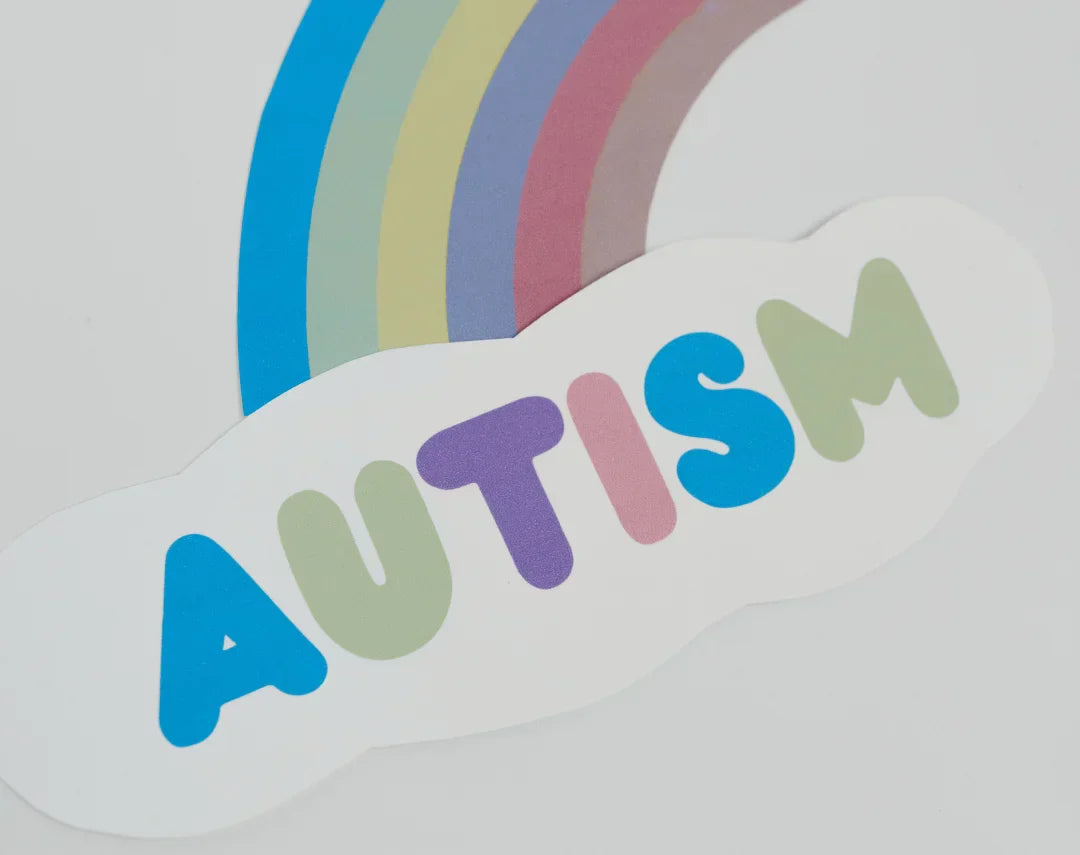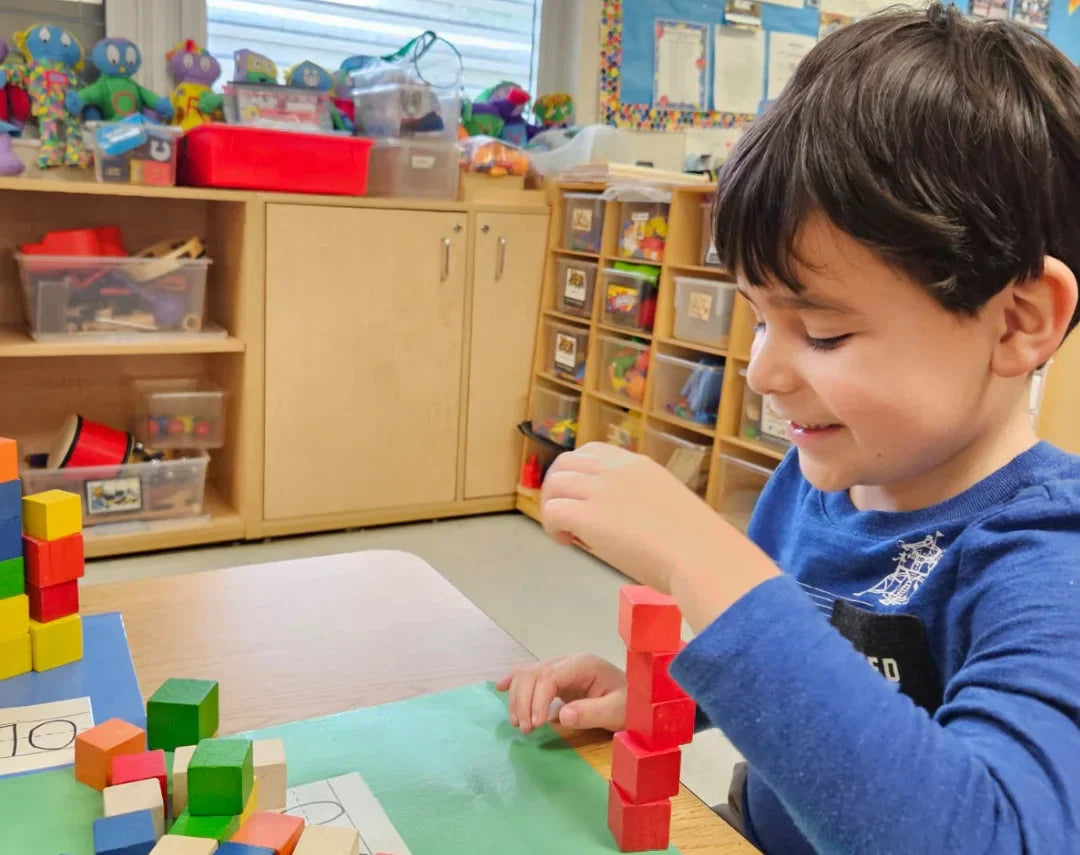
Helping Neurodiverse Children Cope with Sensory Sensitivities
Understanding Sensory Sensitivities in Neurodiverse Children
Sensory sensitivities, often experienced by neurodiverse children, encompass a range of heightened reactions to environmental stimuli. These reactions can manifest in numerous ways such as being overly sensitive to noises, food textures, tastes, or smells. For instance, a neurodiverse child may find the hum of fluorescent lights unbearable or the texture of certain fabrics distressing. These sensory sensitivities are not merely preferences but are deeply rooted in the child’s neurological makeup.
The oversensitivity observed in these children can be attributed to differences in how their brains process sensory information. Research indicates that neurodiverse children, such as those with autism spectrum disorder (ASD) or attention deficit hyperactivity disorder (ADHD), often have atypical neural responses to stimuli. This means that a sound that may be just background noise to most individuals might be overwhelmingly loud and distracting for them. Similarly, certain food textures or smells might trigger gagging or revolts due to their sensory processing mechanisms.
Understanding the biological and neurological foundations of these sensitivities involves recognizing the interplay between various brain regions responsible for processing sensory inputs. Studies have shown that abnormalities in areas like the amygdala and the sensory cortex can contribute to heightened sensory experiences. This often leads to an increased vulnerability to sensory overload, making everyday environments challenging for neurodiverse children to navigate.
Recognizing and validating these experiences is crucial for the well-being of neurodiverse children. Being sensitive to their sensory needs can significantly reduce stress and anxiety, fostering a more supportive and accommodating environment. Acknowledging that these reactions are not mere behavioral issues but are deeply ingrained in the child's nervous system can help parents and educators approach these sensitivities with greater empathy and effective strategies. Thus, understanding sensory sensitivities in neurodiverse children is the first step in aiding them to cope and thrive in a world that may often feel overwhelming.
Practical Strategies for Managing Sensory Sensitivities
Managing sensory sensitivities in neurodiverse children requires a thoughtful approach that considers their unique needs. One of the foremost strategies is to create sensory-friendly environments. This can be achieved by minimizing clutter, controlling lighting intensity, and limiting loud or sudden noises. Utilizing noise-canceling headphones can be especially beneficial in noisy settings, helping to reduce auditory overstimulation. Such practical adjustments can significantly ease discomfort for children with sensory sensitivities.
Introducing new foods gradually is another effective strategy. Many neurodiverse children struggle with oversensitivity to textures and flavors, making mealtime challenging. Offering new foods in small, manageable amounts and combining them with familiar favorites can help increase acceptance. Patience and consistency are key; it may take several attempts before a child becomes comfortable with new items on their plate.
Sensory-friendly clothing can also make a notable difference. Tags, seams, and certain fabrics can be irritants to children with sensory sensitivities. Choosing seamless, soft, and tagless clothing can minimize tactile challenges. Allowing children to pick out their clothes based on comfort can empower them and reduce daily struggles.
Preparing for potentially overwhelming situations is critical. Before attending social gatherings, shopping trips, or other events, explain the upcoming experience to the child, detailing what they can expect. This can reduce anxiety and help them mentally prepare. Having a small “sensory toolkit” with items such as fidget toys, weighted blankets, or stress balls can provide comfort and serve as coping mechanisms during these events.
Teaching children self-regulation skills is essential for the long-term management of sensory sensitivities. Techniques such as deep breathing, counting to ten, or using visualization can help children regain composure when they feel overwhelmed. Providing a quiet space where they can retreat and self-soothe can further support their self-regulation development.
By implementing these practical approaches, parents, teachers, and caregivers can help neurodiverse children navigate their sensory sensitivities more effectively, fostering a more comfortable and supportive environment.
Consulting Specialists: When and How to Seek Professional Help
Addressing sensory sensitivities in neurodiverse children often requires professional intervention, especially when these sensitivities are severe or persistent. Recognizing the signs that indicate the need to consult a specialist is crucial. Frequent meltdowns, avoidance of certain environments, or extreme reactions to sensory stimuli are notable indicators. When such behaviors interfere with daily functioning or social interactions, it may be time to seek professional help.
Several types of specialists can provide valuable assistance in managing sensory sensitivities. Pediatricians are often the first point of contact. They can perform initial assessments and refer families to other professionals. Occupational therapists (OTs) play a pivotal role by using tailored interventions to help children develop coping strategies. One common approach they utilize is Sensory Integration Therapy, which aims to help children respond more adaptively to various sensory inputs through structured activities.
Psychologists can also offer critical support, particularly if a child's sensory sensitivities are linked with anxiety or behavioral issues. Cognitive Behavioral Therapy (CBT) is an effective method that psychologists use to help children understand and manage their reactions to sensory stimuli. This form of therapy teaches practical skills for coping with stressors that arise from sensory over-stimulation.
Collaboration among specialists is often necessary to provide comprehensive care. Speech therapists, for instance, may be involved if a child's sensory sensitivities impact their communication abilities. Additionally, specialized educators can help tailor learning environments to meet the needs of neurodiverse children, thereby enhancing their academic success.
Parents should not hesitate to consult specialists when they notice patterns of extreme sensitivity. Early intervention is key to helping neurodiverse children cope effectively with their sensory sensitivities, improving their well-being and quality of life. Seeking professional guidance ensures that children receive the support and therapies necessary to thrive despite these challenges.
Please feel free to consult our specialists. Click here if you require assistance.

Building a Supportive Community and Resources
Establishing a supportive community can be instrumental in helping neurodiverse children cope with sensory sensitivities. For parents and caregivers, connecting with others who are facing similar challenges can provide not only emotional support but also practical advice. Support groups are an effective way to build such connections. These groups often meet regularly, allowing families to share experiences and strategies for managing sensory oversensitivity in children. Likewise, online forums can offer a platform for caregivers to engage with a broader network, accessing diverse perspectives from individuals across different regions.
Local organizations can also be a valuable resource. Many communities have groups dedicated to neurodiver children and their families. These organizations may offer workshops, social events, and educational sessions that address the unique challenges of sensory sensitivities. Attending these events can foster a sense of belonging and provide both children and their caregivers with a safe space to discuss their experiences. You can join our community to exchange more information
In addition to community-based support, various resources can further assist in understanding and managing sensory sensitivities. Books such as "The Out-of-Sync Child" by Carol Kranowitz offer insights into common sensory issues and practical tools for intervention. Websites like the Sensory Processing Disorder Foundation provide a wealth of information, including articles, research, and strategies for coping with sensory sensitivities.
Apps designed to help neurodiverse children are also increasingly available. Tools like Sensory App House’s series and Calm Counter offer interactive ways to manage anxiety and sensory overload, allowing children to develop self-regulation skills in a user-friendly format. These digital tools can be an excellent complement to traditional methods of support.
While dealing with sensory sensitivities can be challenging, it's important to recognize the extensive support network available. By reaching out to support groups, utilizing local organizations, and leveraging educational resources, caregivers can equip themselves and their children with the tools necessary to navigate the complexities of sensory sensitivities effectively. Building a cohesive support system not only enhances the child's well-being but also empowers families to face the challenges with confidence and resilience.




